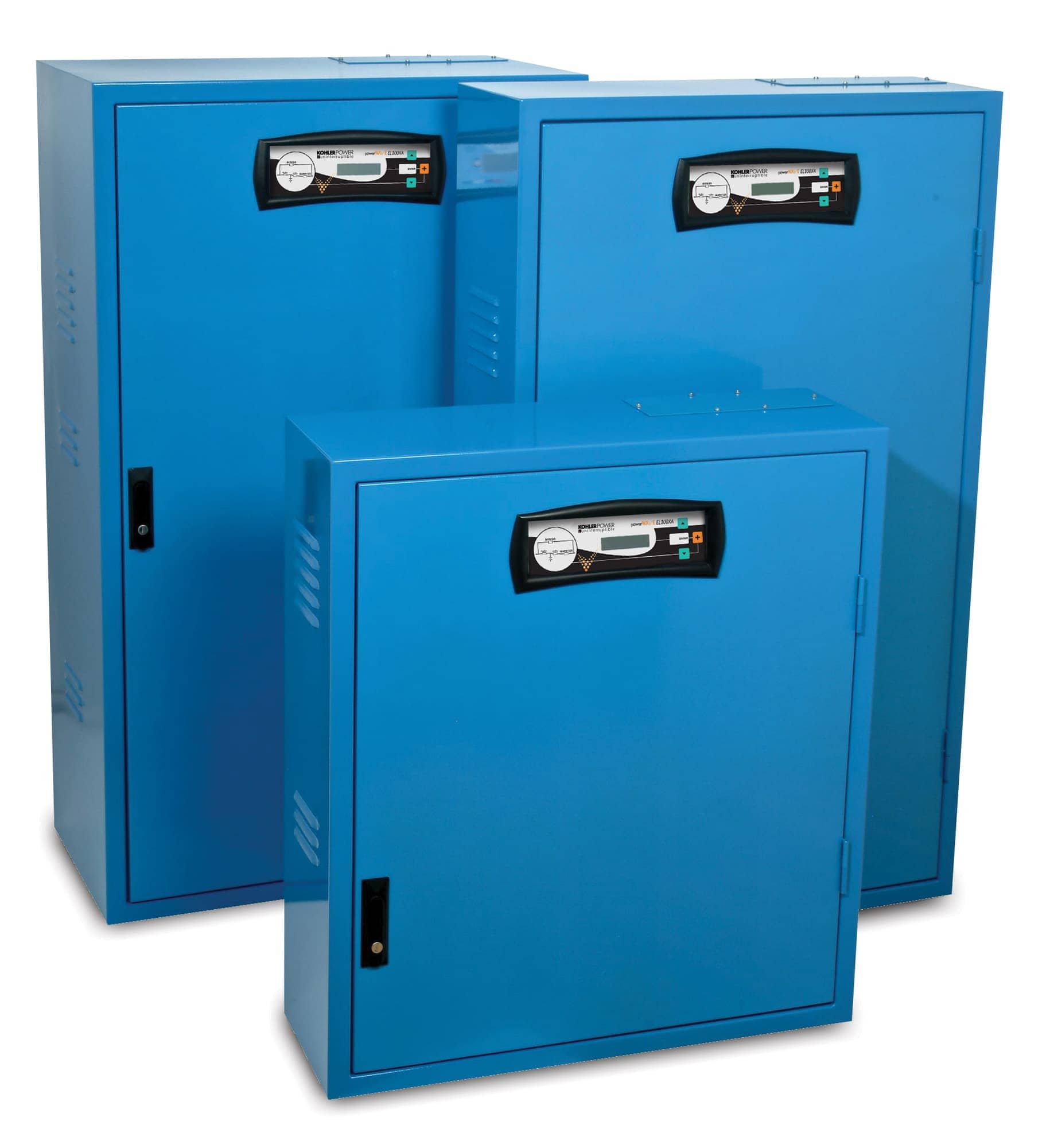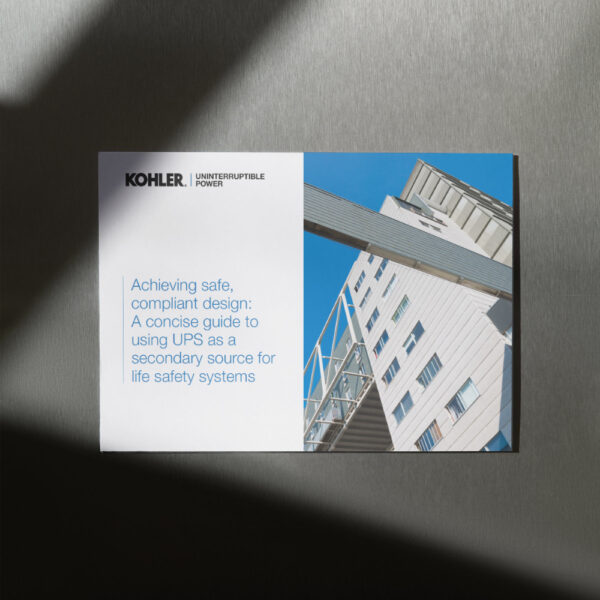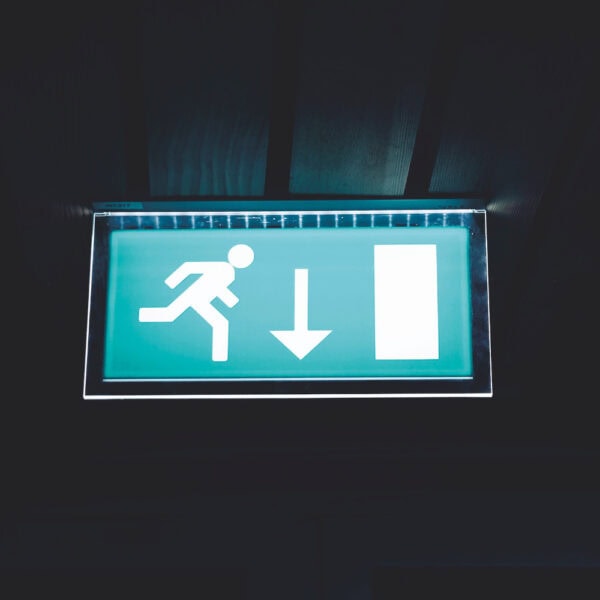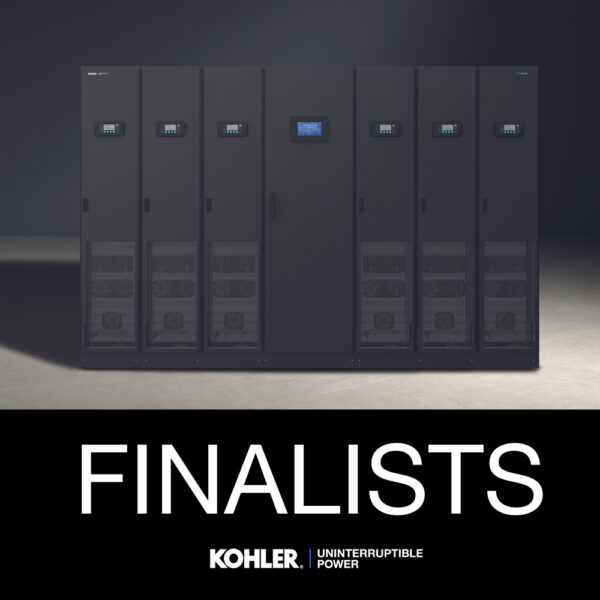Ian Watts, Emergency Lighting expert at KOHLER Uninterruptible Power discusses the type of institution that is probably the most diverse, far reaching environment for any life safety system.
Fully compliant equipment is required throughout universities covering escape routes to the ultimate place of safety, appropriate exit signage, open area lighting, lecture halls / theatres, sleeping risk, cover for dimming of mains lighting sources in a maintained mode and specific increased light levels for areas highlighted in the risk assessment. For example, full sports facilities, gymnasium equipment, science laboratories, industrial level machine shops, commercial catering, student union bars and suitable co-ordination / consultation for emergency safety lighting if users choose to remain within premises upon mains failure.
From previous posts, on compliance, we have highlighted the need for a fit for purpose written risk assessment. This type of multiple use project will require a risk assessment company to have a broad skills base and indeed seeking support from specialist providers like KOHLER and engineers deemed competent via third party accreditation schemes like BAFE SP203 part 4 could assist greatly in the development of this assessment in line with the auditable documents contained in the latest BS 5266 part 1 2016 edition.
A commercially beneficial solution here would be the application of a central inverter compliant to BS EN 50171. The advantages are simple.
- One location for battery change and 10-year design life for this type of device
- High load capability to guarantee suitable light levels over small, medium or large sites.
- Improved efficiency in terms of power consumption against self-contained alternatives.
- Simple lighting control integration to facilitate local luminaire testing.
- High quality service and maintenance provision to be ultimately confident of correct operation for this critical piece of life safety equipment.
If you have an existing central system, then it is highly sensible to re-utilise existing fire rated cable while upgrading the luminaires to modern approved LED devices. The likely result will be a smaller unit than had previously been required thus reducing the initial investment.
For new sites it would be advisable to conduct a cost analysis including service relating to current situation where many new sites even with good quality self-contained product are failing after the first 12 months due to temperature issues affecting the autonomous integral cells.
To find out more about compliant equipment please visit our Emergency Lighting page or contact us for more information: [email protected]





